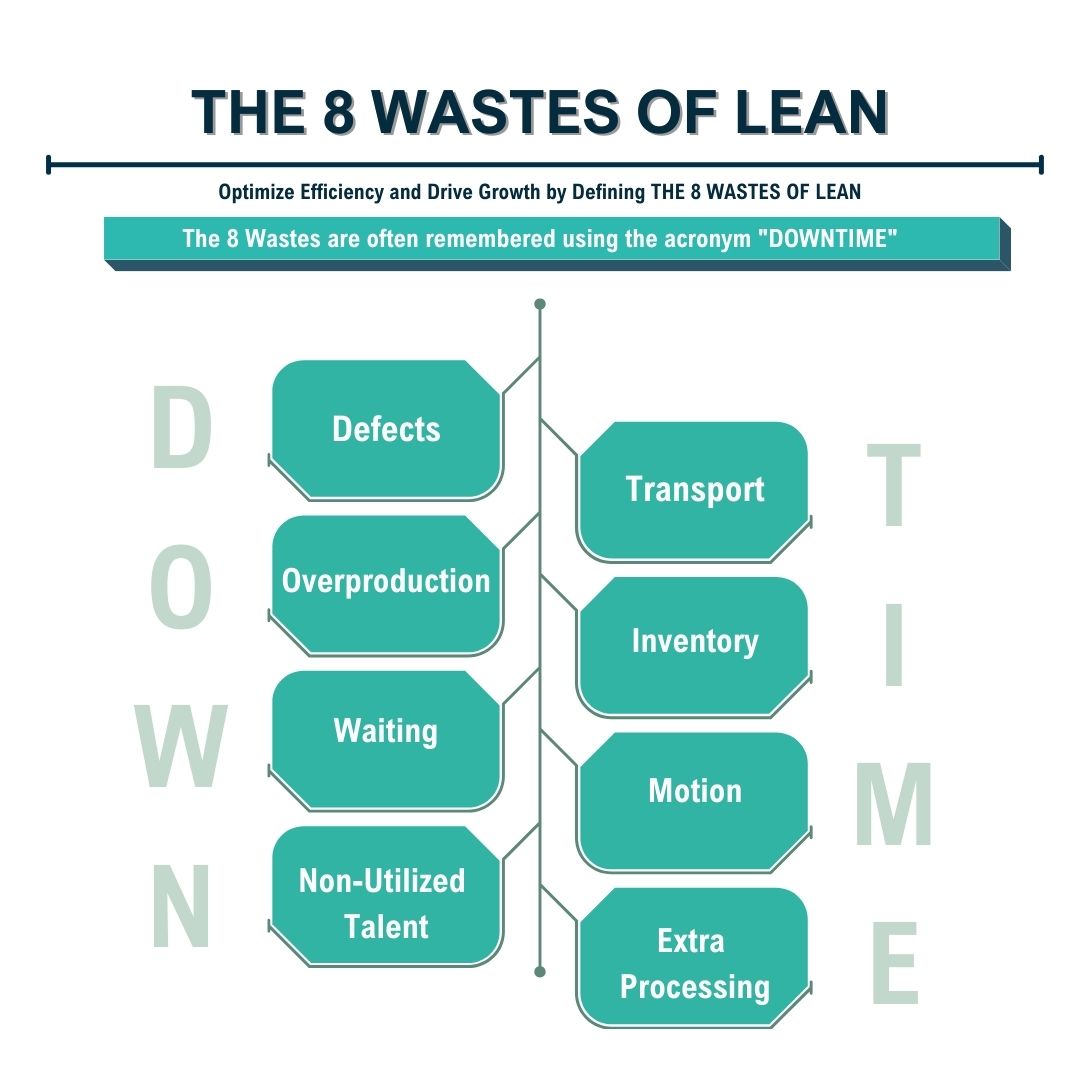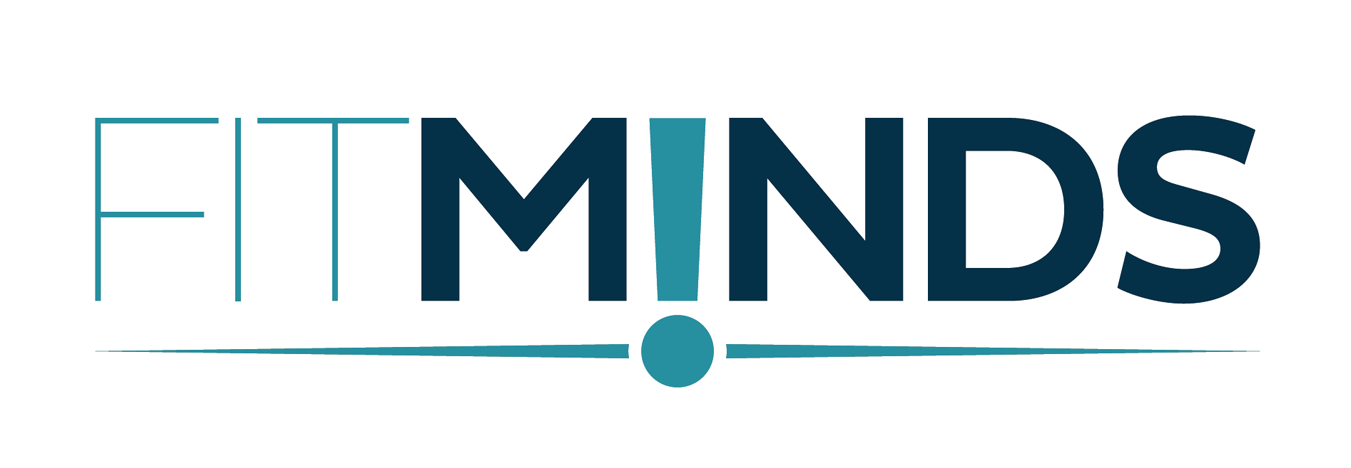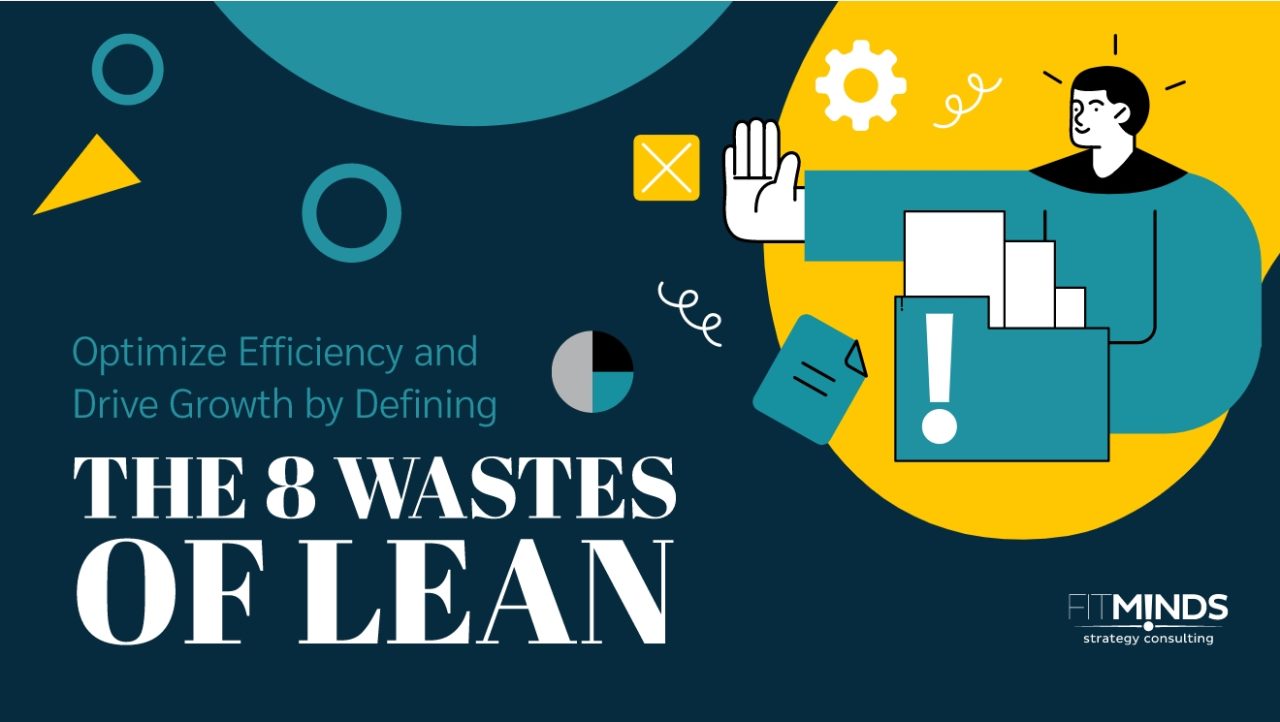The 8 Wastes of Lean, which stem from Lean manufacturing principles, are aimed at identifying and eliminating inefficiencies in processes. The wastes identified by Taiichi Ohno have become fundamental to Lean thinking in various sectors beyond manufacturing, serving as the cornerstone of process improvement initiatives.
Main Benefits of Defining The 8 Wastes of Lean
Defining The 8 Wastes of Lean encourages a mindset of continuous improvement and efficiency throughout the entire value stream.
Defining The 8 Wastes of Lean helps:
- to remove wastes from work processes,
- to achieve operational excellence and sustainable competitive advantage,
- to increase customer satisfaction,
- to empower employees by involving them in the identification and elimination of waste.
Explanation of The 8 Wastes of Lean
The 8 Wastes of Lean includes eight categories of non-value-adding activities within processes that should be identified and eliminated to enhance efficiency and productivity.
Lean’s 8 Wastes are often remembered using the acronym “DOWNTIME”:
Defects: Any error or inaccuracy requiring rework or correction.
Overproduction: Producing more than is needed, leading to excess inventory and resource tie-ups.
Waiting: Workflow delays, such as waiting for materials, equipment, information, or approvals.
Non-Utilized Talent: Underleveraging employees’ skills, knowledge, and creativity.
Transport: The unnecessary movement of materials or products between processes or locations, with no added value and an increased risk of damage or loss.
Inventory: Excess stock beyond immediate use, tying up capital and storage space.
Motion: Unnecessary or excessive movement by employees or equipment that wastes time and energy.
Extra Processing: Non-value-adding activities like unnecessary inspections or overly complex procedures.

An organization’s ability to grasp and effectively address Lean’s 8 Wastes is crucial in the pursuit of operational excellence and long-term competitive advantage. This proactive approach not only drives continuous improvement but also strengthens the organization’s resilience in dynamic market environments, ensuring its relevance and success over time.
How to Apply The 8 Wastes of Lean
To effectively address Lean’s 8 Wastes, a structured approach is crucial. First, it is crucial to grasp the basic principles of the Lean methodology and understand the different categories of waste. Following this understanding, the next step involves a rigorous analysis of processes and data, including the involvement of stakeholders to obtain different perspectives. Documentation of findings and collaborative creation of action plans are integral parts of this phase. It is then essential to continuously monitor progress and make improvements over time to sustain efficiency gains. This iterative approach ensures continuous improvement of processes, increasing organizational efficiency and effectiveness in the long term.
Contact us for more information or to explore your possible personalized roadmap.
Additional Tips and Readings
- For a management method used to align an organization’s goals and objectives, you can read The Hoshin Planning.
- To read more about business strategy, you can check Pyramid of Purpose Model.
- You can learn more about growth strategy with The SCAMPER Technique
- You can learn more about organizational strategy models with The Miles and Snow Organizational Strategy Model.
Contact us to create a successful growth strategy.



13 comments
Pingback: achat kamagra pharmacie au rabais vallee d aoste
Pingback: buying enclomiphene generic online buy
Pingback: walmart prices for androxal
Pingback: get flexeril cyclobenzaprine australia pharmacy
Pingback: dutasteride cash on delivery overnight
Pingback: fildena drug interaction
Pingback: get gabapentin generic brand
Pingback: buying itraconazole medication interactions
Pingback: how to get staxyn prescription
Pingback: online order avodart purchase prescription
Pingback: discount rifaximin generic from india
Pingback: buy xifaxan generic online pharmacy
Pingback: žádný předpis kamagra fedex doručení
Comments are closed.